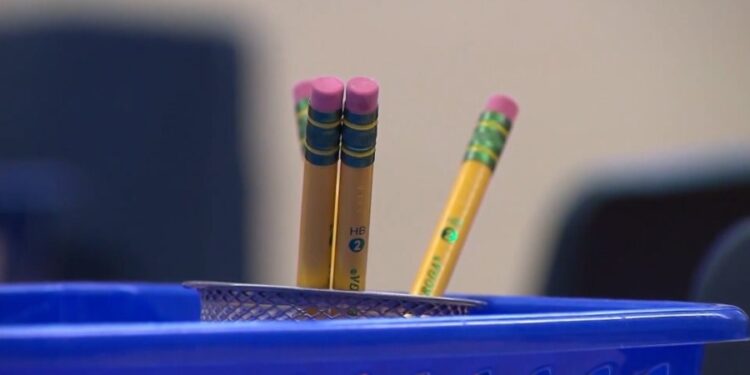
WASHINGTON (DC News Now) — Chronic absenteeism is improving in D.C. but is still above pre-pandemic levels, officials in the District discussed Wednesday.
According to the Office of the State Superintendent of Education (OSSE), 39% of D.C. students were chronically absent last school year. That means they were absent 10% of school days or more. The number is down from 43% the year prior.
District officials, educators and more met on Nov. 13 for a public hearing to discuss the numbers and strategies to address the issue.
“Students who miss a significant amount of time tend to perform worse on standardized tests and are more likely to disengage from their school entirely,” said Lewis Ferebee, Chancellor of DC Public Schools (DCPS).
Ferebee said the District has a goal of cutting the number of chronically absent students in half over the next five years. But, he said DCPS cannot do it alone.
He said there are many factors to consider in addressing truancy and absenteeism.
“School environment impacts attendance,” said Ferebee.
Other speakers noted student safety is important to address – both in the classroom and on the way to school – and that creating a sense of belonging is key.
“When we make school a place they want to be, they’re more likely to attend, learn and thrive,” said Lucas Cooke, Principal at MacFarland Middle School.
Cooke said his school has seen recent improvements.
“Our in-seat attendance rate increased to 88% and chronic absenteeism declined to 40%,” he said.
One student who spoke at the hearing said his school, Ron Brown College Prep High School, does a great job of making people feel like they belong.
“I feel like Ron Brown makes me feel whole and accepted,” he said. “We call ourselves young kings and not students. We call ourselves young kings because we are expected to be great. We have community circles which help young kings feel welcomed as well as loved.”
Ferebee said one area of improvement is focusing on transitional years, like the jump from middle school to high school. He said that is when it’s easy for students to become disconnected.







